On Tuesday October 9 DSE officials met with about 30 individuals and representatives of conservation groups to discuss outcomes of the consultation process around the Fire Operations Plan.
The discussion was limited by the fact that the biggest factor in fire management and practice is the government’s directive to DSE to burn 5% of public land, and this is not negotiable. It seems that DSE has a ‘burn reform’ process under way, but details of how this might improve environmental management are completely vague. For the moment we have to confront the fact that, in the words of one DSE official: ‘The elephant in the room is that the burning program is going to have effects on the environment.’ Changes in this program have to come from changes in the political arena.
Although FOBIF believes that the 5% target is foolish, we think that improved practice can limit the damage which overburning causes. We are therefore keen to engage DSE in any way which can improve environmental practice without compromising public safety.
From the general to the specific
Discussion therefore centred on operational matters. The following comments by DSE officials are a representative sample:
‘We have a duty as public servants to ensure that good information underpins decision making.’
‘Our duty is to put in place protection measures based on information received.’
‘Through this process it is our duty to have all values identified in all burn units.’
We have no reason to doubt the sincerity of these statements—but they have to be put up against the brute fact that DSE data bases have been unable to accommodate information accumulated over the years.
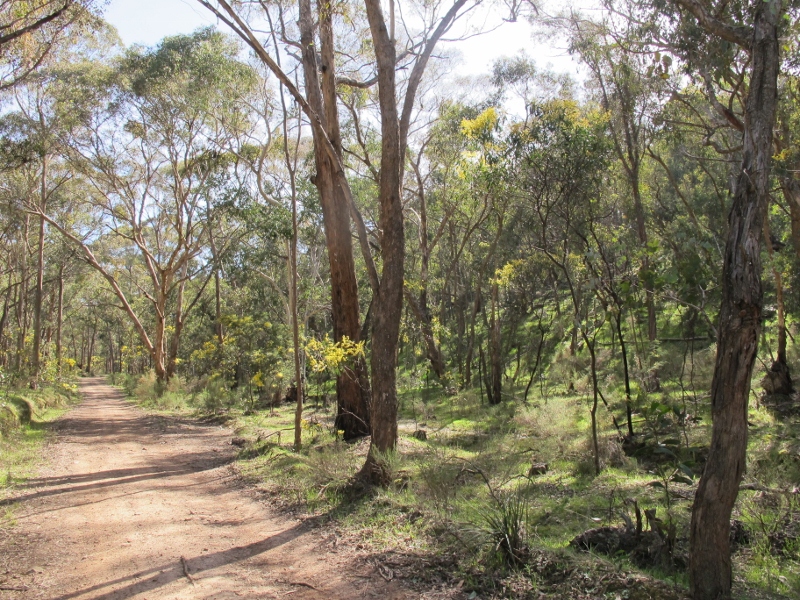
Zone 3 area near White Gum Track: biodiversity values are recorded before burn operations, but DSE data bases are incomplete. Further, pressure to meet targets means these values are overlooked. It is conceded that 'research' underpinning operations does not relate to specific burns, but only to general ideas about types of vegetation.
Burns are managed according to general principles, not detailed local information. This is a fundamental deficiency in the operations. There is a further practical problem. Burn areas are assessed by biodiversity staff for ‘every single value’ recorded for that area, and these are incorporated in the burn plans. But this is a desk based activity: on the ground topography or weather conditions might mean that the workers managing the fire may not be able to work around these values. The brutal reality is that they have to be practical. In the words of the biodiversity officer: ‘they take [biodiversity] advice on board knowing that they still have a target to reach.’ In other words, biodiversity–and therefore forest health–comes second to achieving the target.

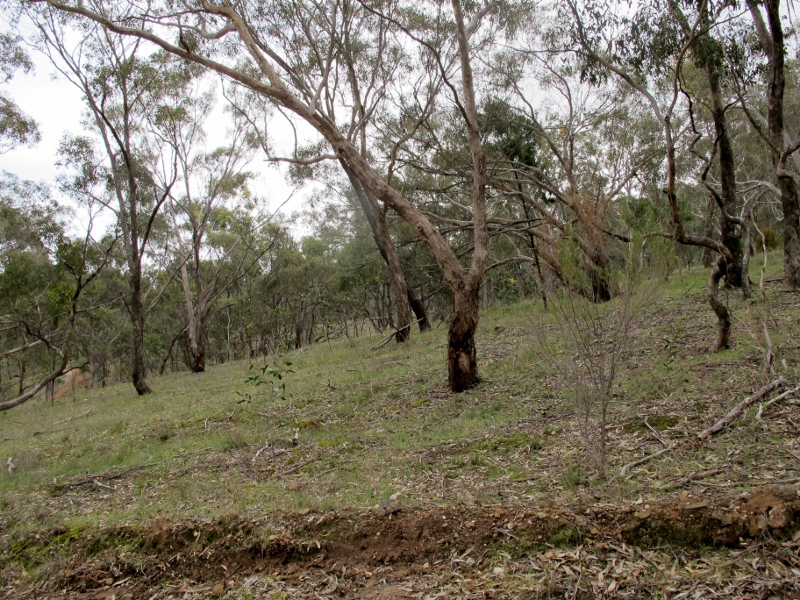
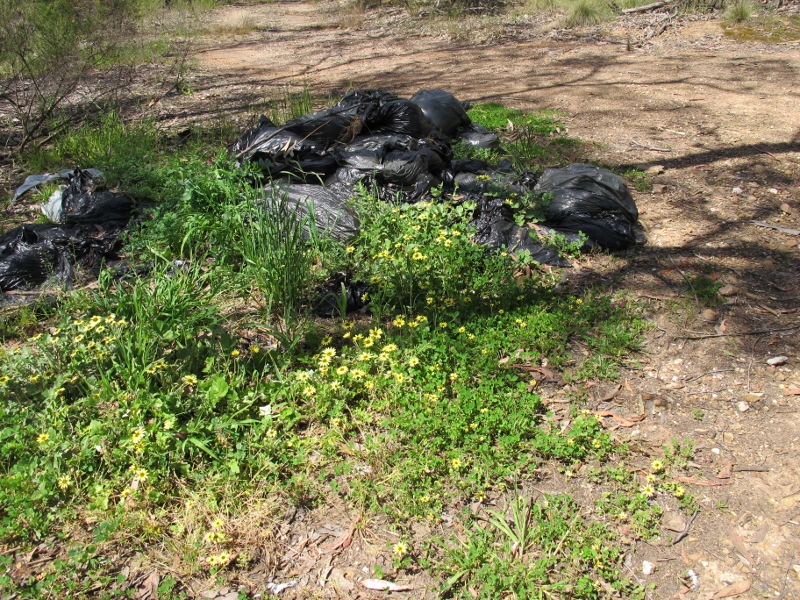
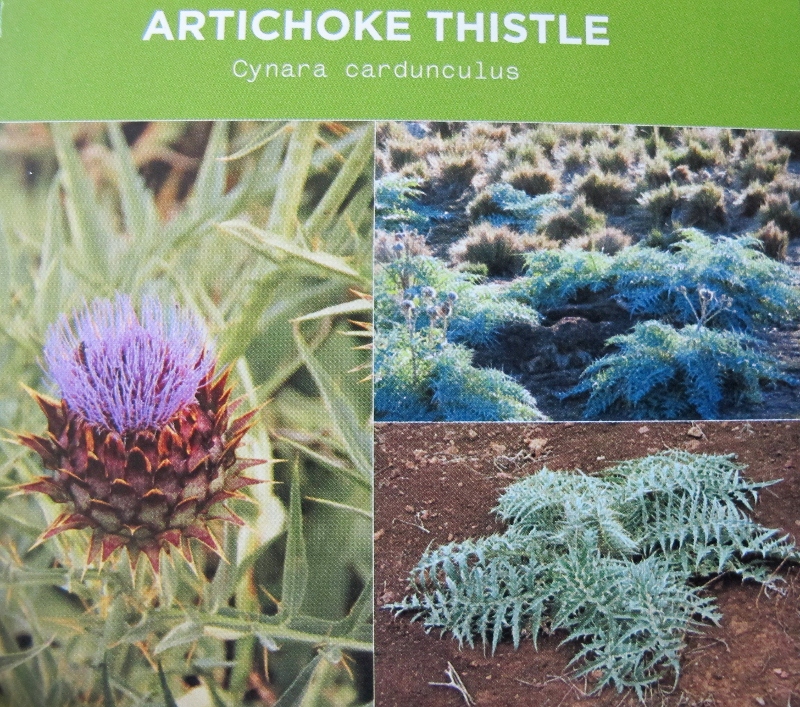
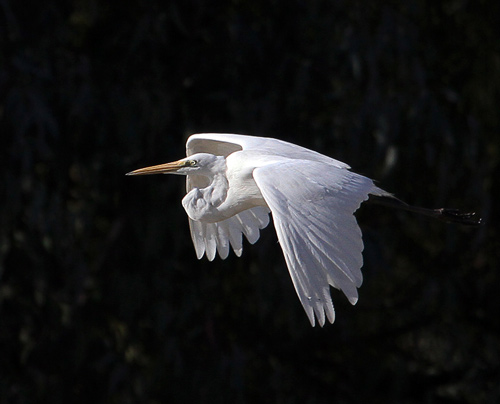
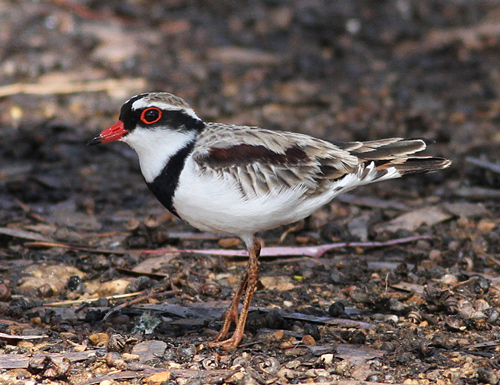
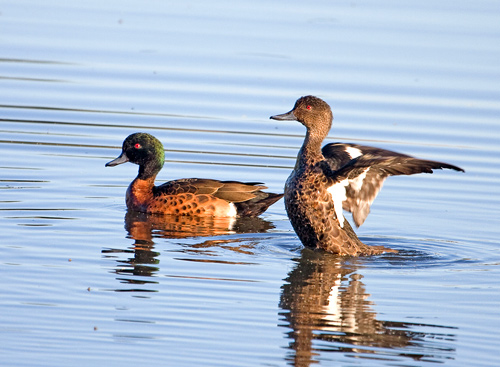
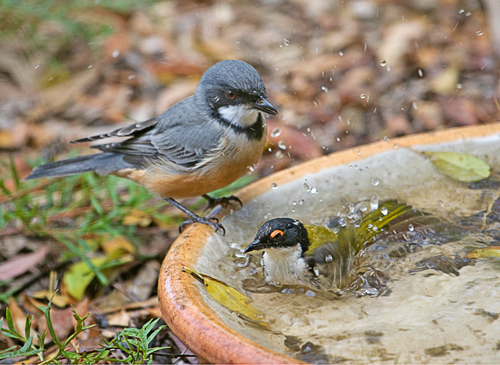
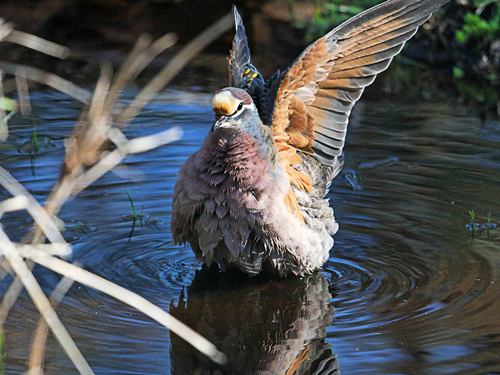
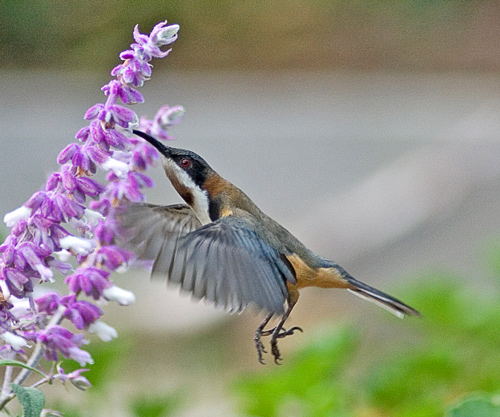



 Click on image for info/order page
Click on image for info/order page Click on image for info/order page
Click on image for info/order page Click on image for info/order page
Click on image for info/order page




















